Peonies are one of the most luscious and beautiful flowers you can grow in your garden, and luckily they’re pretty easy and have an impressive plant hardiness zone range between zones 3 and 8. While you might need to give these plants a little more attention at the extremes of this range, they can still thrive and produce stunning blooms.
There are 33 known species of peonies ranging in size, bloom color, and care needs, so you’re sure to find one that’s right for you and your climate. The Netherlands and Alaska are the two largest cut peony producers in the world. The longer cooler growing season allows these plants to bloom later than in other regions. So don’t be discouraged if you’re in a cooler climate, you’ll probably have the best-looking peony plant on your Instagram feed.
Peonies are considered to be the symbol of wealth and honor and are regarded as omens of good fortune and happy marriages. They can live up to 100 years old and still produce flowers, so if you want to grow a plant that’ll last through generations, this is the plant for you. There is an art to feeding your peonies, though. Ahead, we’ll break down everything you need to know about finding and applying the right peony fertilizer.
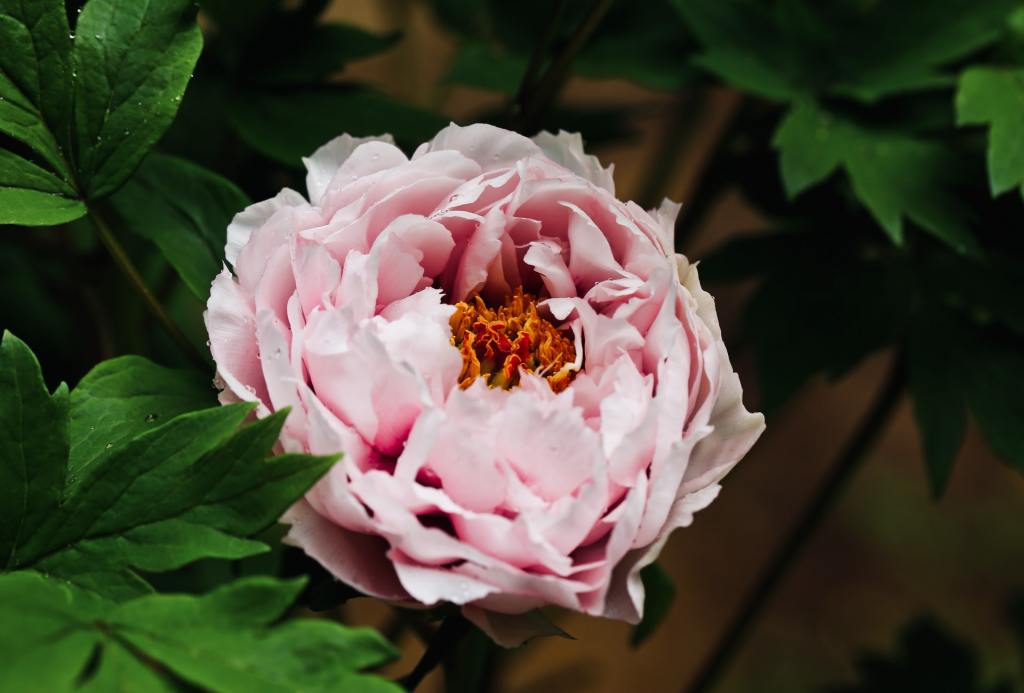
The best type of fertilizer for peonies
Although they are tuber plants, peonies will benefit best from a fertilizer made specifically for bulb plants. Bulb fertilizers are optimized for how bulb and tuber plants take in and use nutrients. Perennial fertilizers will also work as long as the ratios are 10-20-20 or 5-10-10. The most important aspect of fertilizing your peony plant properly is to ensure the fertilizer you use doesn’t have too much nitrogen. Too much nitrogen will encourage leafy growth when instead we want to promote blooms on these gorgeous flowering plants.
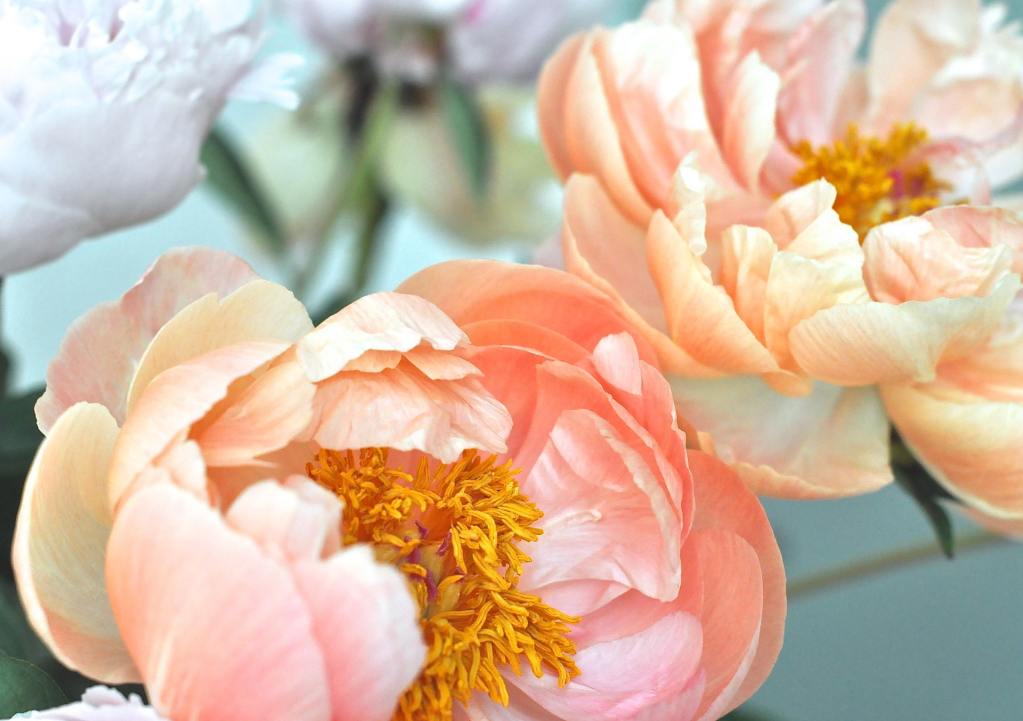
Miracle-Gro Bloom Booster
This water-soluble fertilizer is specifically formulated for blooming plants. It’s easy to use and has just the right amount of nutrients in it to promote more flowers from your peony plant. It’s affordable and easy to use! You just need a watering can and something to use to measure out the amount specified in the instructions. Apply around the base of your peony plant and watch it thrive.
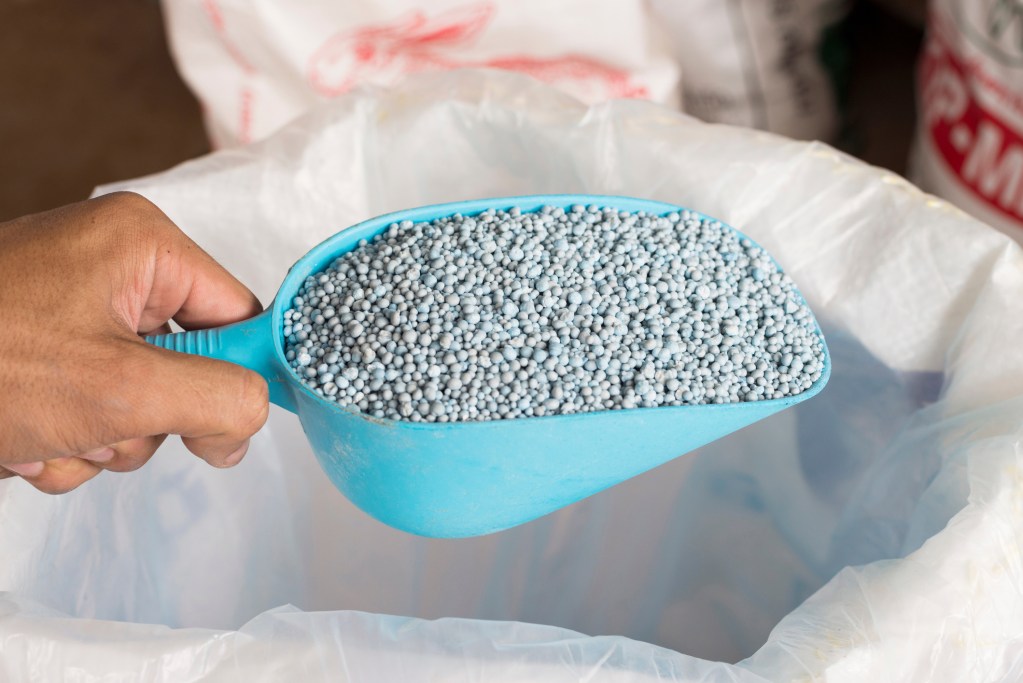
Dr. Earth Bud & Bloom Booster
If you’re looking for an organic option, this fertilizer by Dr. Earth is perfect for peonies. It comes in granules that’ll quickly feed the plant, but will also last for months, continuously feeding your peony plant. It comes in a four-pound bag that’s sure to last you a while. Though it’s more of an investment than other options on this list, it’s not going to disappoint.
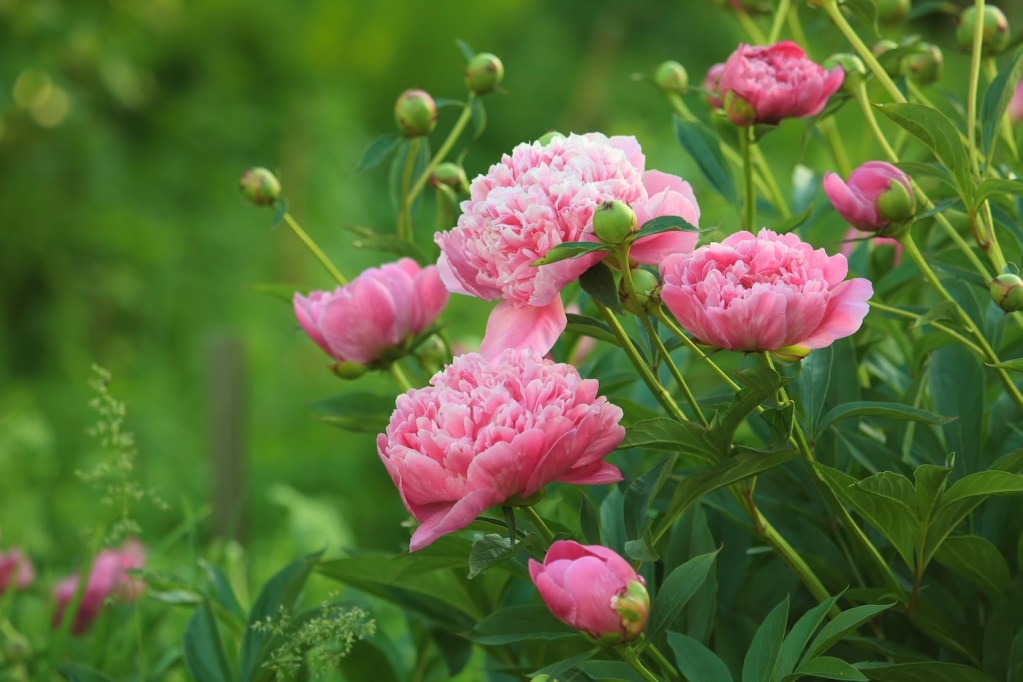
Espoma Bulb-tone Bulb & Flower Food
Another organic option is this fertilizer by Espoma. It’s a bulb and flower food perfectly formulated to feed your plant for a long while and also encourage blooms without stressing out the plant. It comes in a four-pound bag and is a bit more affordable than other organic options.
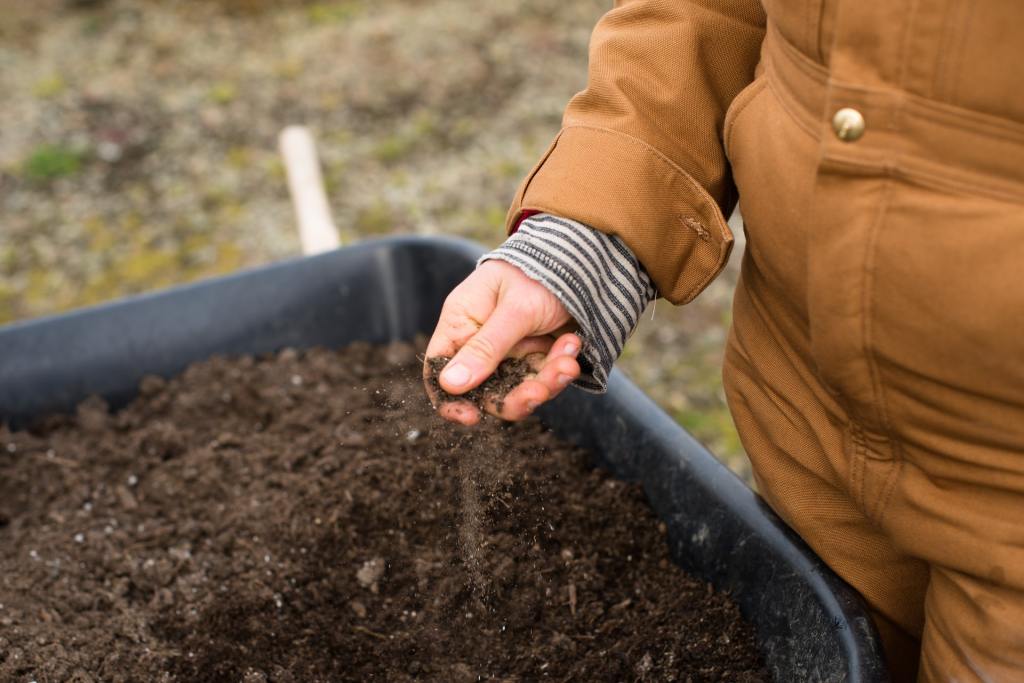
How to use a peony fertilizer
Now that we’ve gone over what kind of fertilizer your peony plant wants, as well as some of the best options online, let’s talk about how to use that fertilizer to best support your plant for a long healthy life and head-turning blooms.
Peonies should be fertilized twice a season; the first time you fertilize will be early in the spring. Wait until you see shoots coming from the plant. Once the shoots reach about three to six inches in length, you can apply your first round of fertilizer. Do not apply directly to the plant, but rather around the base. Applying the fertilizer to the plant itself can result in burning or even killing your plant. The second time you fertilize, you’ll want to wait until the plant has produced buds that are the size of peas. This will give the plant another boost as it prepares to push out big, luscious flowers.
After that second feeding, your peony plant should be good for the season. However, if you’re noticing signs of stress or the number of flowers you’re getting doesn’t seem right, you can supplement with a bone meal product for strong root growth and flower setting.
Peonies are some of the most famous and beloved flowers on the planet. They’re grown all over the world for their beauty, their history, and their application in medicine. They’re easy to care for, so jump right in and try your hand at growing these stunning flowering plants.
Editors' Recommendations
- Everything you need to know about choosing the best rocks for landscaping
- What to do with an old Christmas tree: 6 ways to recycle your tree after the holidays
- These are the 10 best gardening shows to stream right now
- The best vegetables to plant in November
- 4 November garden plants you should consider growing



